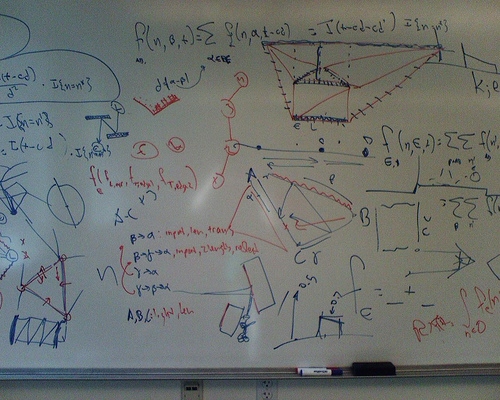
Adam Smith (amsmith@cs.ucsc.edu) and James Skorupski (jskorups@cs.ucsc.edu)
The assumption that the speed of light is infinite underlies many established models in computer graphics and vision. Researchers exploring time-of-flight based sensors are moving into a domain that implicitly requires relaxation of this assumption. The classic rendering equation provides a rigorous foundation for understanding light transport, but fails to encompass the transient effects of light propagation at finite speeds. In this paper, we will introduce a physically-relevant generalization of the rendering equation and a method for approximating this equation, and define a summary measure of transient light patterns, which is used as a basis for general sensor model.
@techreport{smith08,
author = {Adam Smith and James Skorupski and James Davis},
title = {Transient Rendering},
institution = {School of Engineering, University of California, Santa Cruz},
year = {2008},
month = {February},
number = {UCSC-SOE-08-26}
}